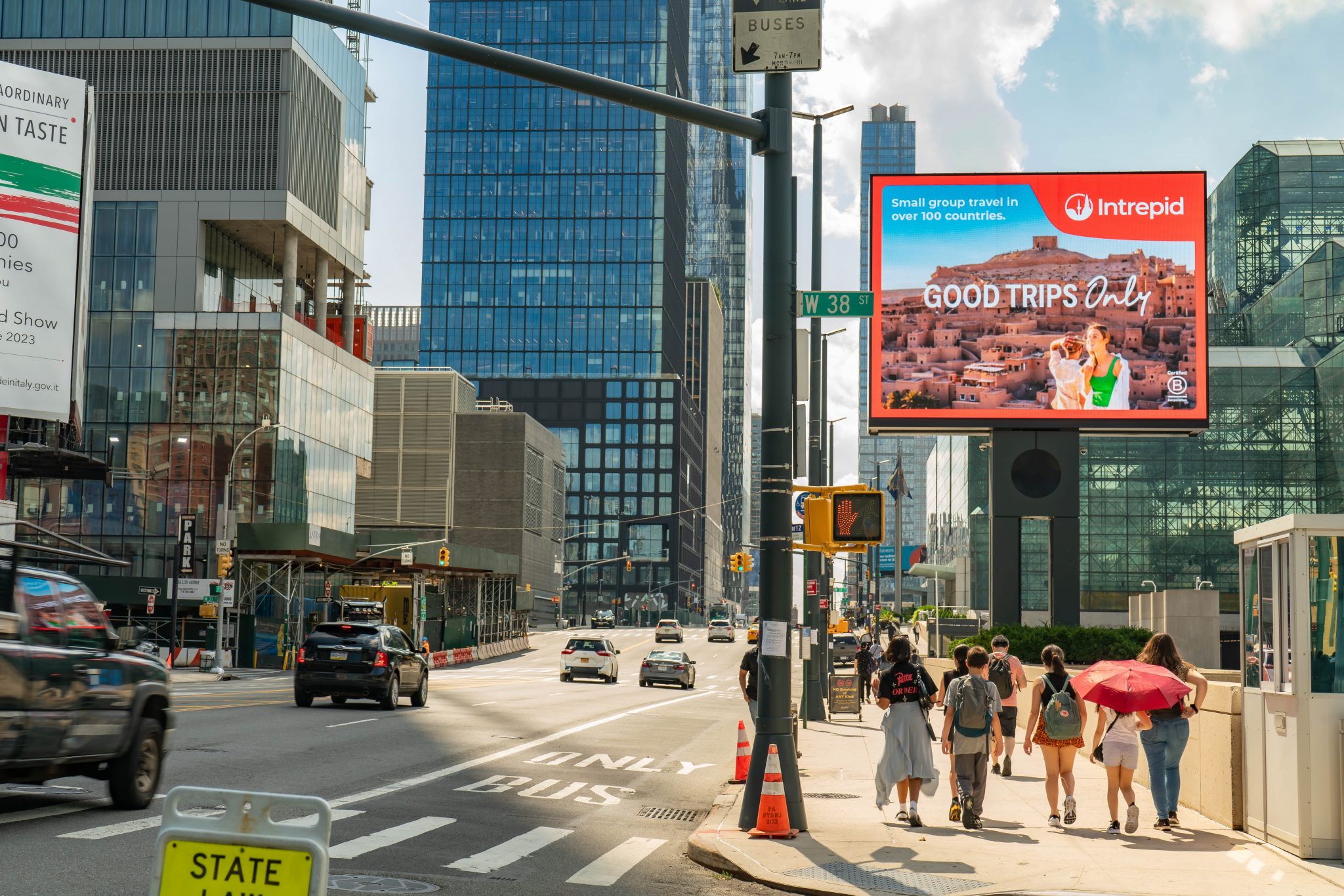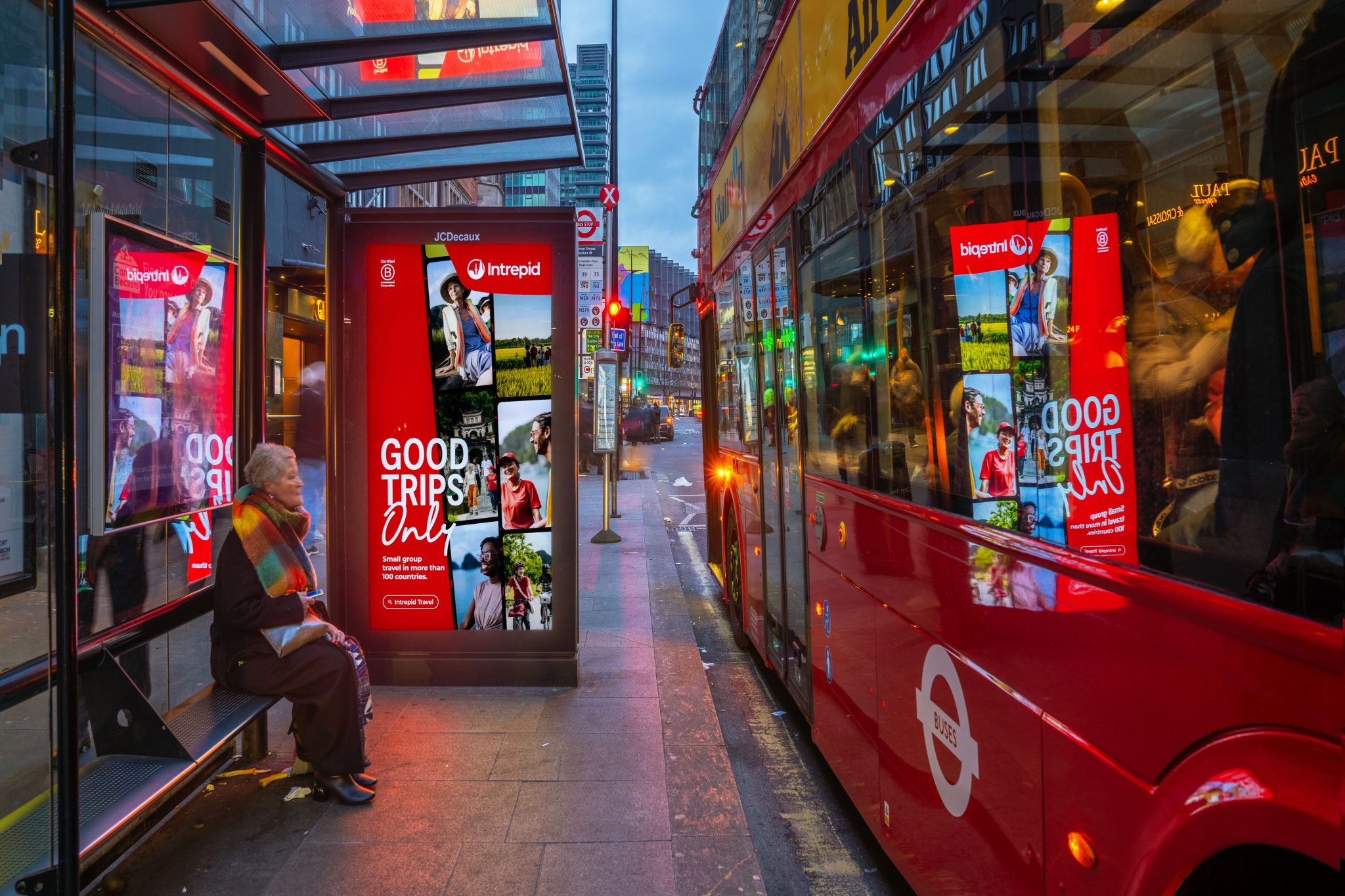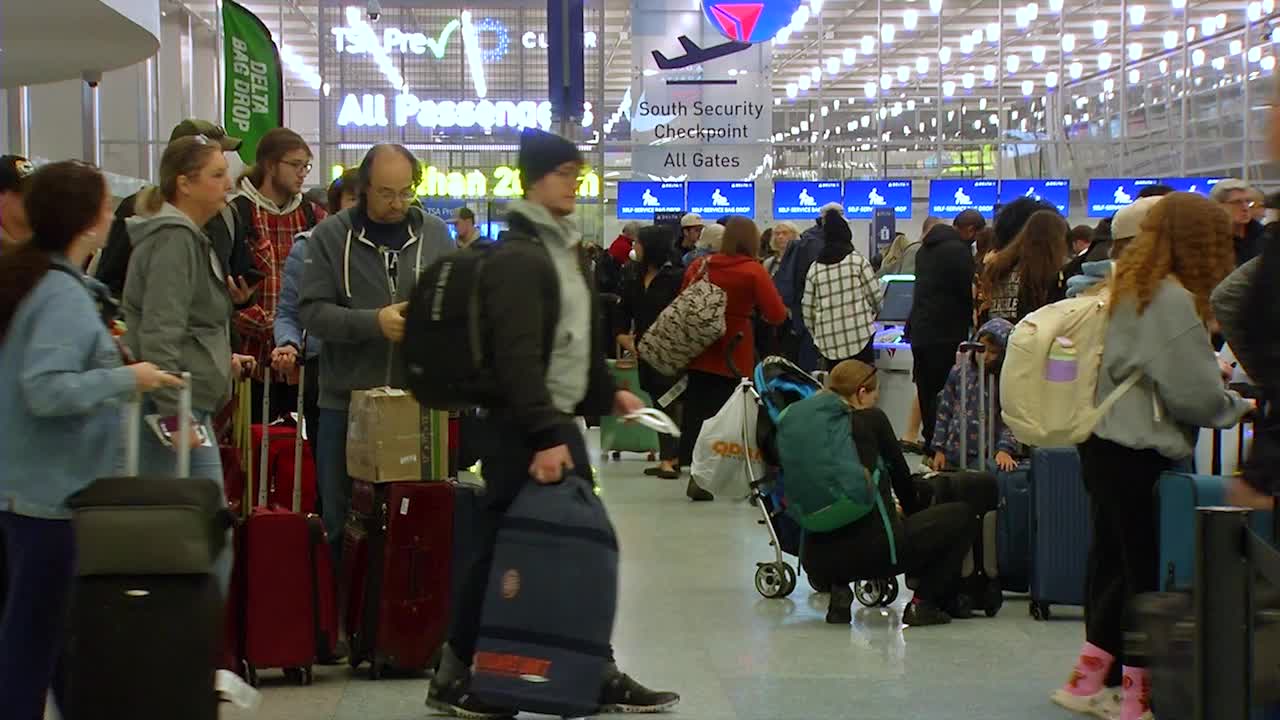Travel
Inside Intrepid Travel’s Marketing Playbook for Tours

Skift Take
Since the end of Covid, Intrepid has been transforming its marketing strategy by focusing on brand, rather than quick hit advertisements.
Intrepid Travel has overhauled its marketing strategy in the past few years.
It had been spending about 90% of its marketing budget on direct response, with ads, discounts, and flyers. A typical direct-response campaign might promote a particular tour – 25% off a Galapagos trip, for example, or a deal on Antarctica cruises.
But that approach is now down to about 50% of the budget, with the rest going to boosting the overall image of the brand.

The shift began during the pandemic, explained Leigh Barnes, Intrepid’s chief customer officer.
“We couldn’t actually talk about sales, products, discounting, or price. We could talk about our brand and the values that go into that,” Barnes said.
This shift centered on its “Good Trips Only” campaign, which included video ads, billboards, and bus ads of people experiencing local culture, kayaking, celebrating at festivals, and enjoying safaris, among other things. The campaign was the most extensive Intrepid has ever done.
The tagline is meant to have a double meaning: a “good” trip that’s fun and enjoyable, and a trip that does something good for the community and environment in which it’s based.
Long-term strategy and direct sales
Intrepid says the change helped shift Intrepid’s revenue mix. Pre-pandemic, about 35% of the company’s revenue came from direct sales, with the remaining 65% through travel agents or online travel agencies.
Today, these numbers are flipped, with 65% of revenue from direct sales.
Barnes explained that brand marketing is more about telling the company’s story. The idea is to create demand and play the long game.
“More people knowing us meant we would grow faster every year, not just in the short term,” Barnes said.
“A regular Intrepid customer probably does a trip once every two years,” Barnes said. “We want to create products that help engage our customers in the brand more often.”
Barnes said that while some companies are starting to recognize the importance of brand marketing, many are still heavily reliant on performance marketing.
“It’s easier and can deliver short-term results, but it may not help you grow faster and bigger in the future,” he said.
The company is set to launch a book titled “The Intrepid List” in August. It will feature 100 unique experiences from around the world as part of its effort to engage customers more frequently.
Market trends for tours
Airbnb also found success in an emphasis in brand marketing as part of a broader marketing strategy. It started seeing the benefits back in 2022, when net profit reached $55 million in the last quarter of the year. Yet at the same time, sales and marketing expenses decreased 44% year over year, reflecting reductions in performance marketing spend.
Marriott International is also concentrating on its brand image with campaigns that highlight customer experiences. Hilton adopted a brand tagline “for the stay” in an effort to depict the Hilton experience as worth it for travelers.










